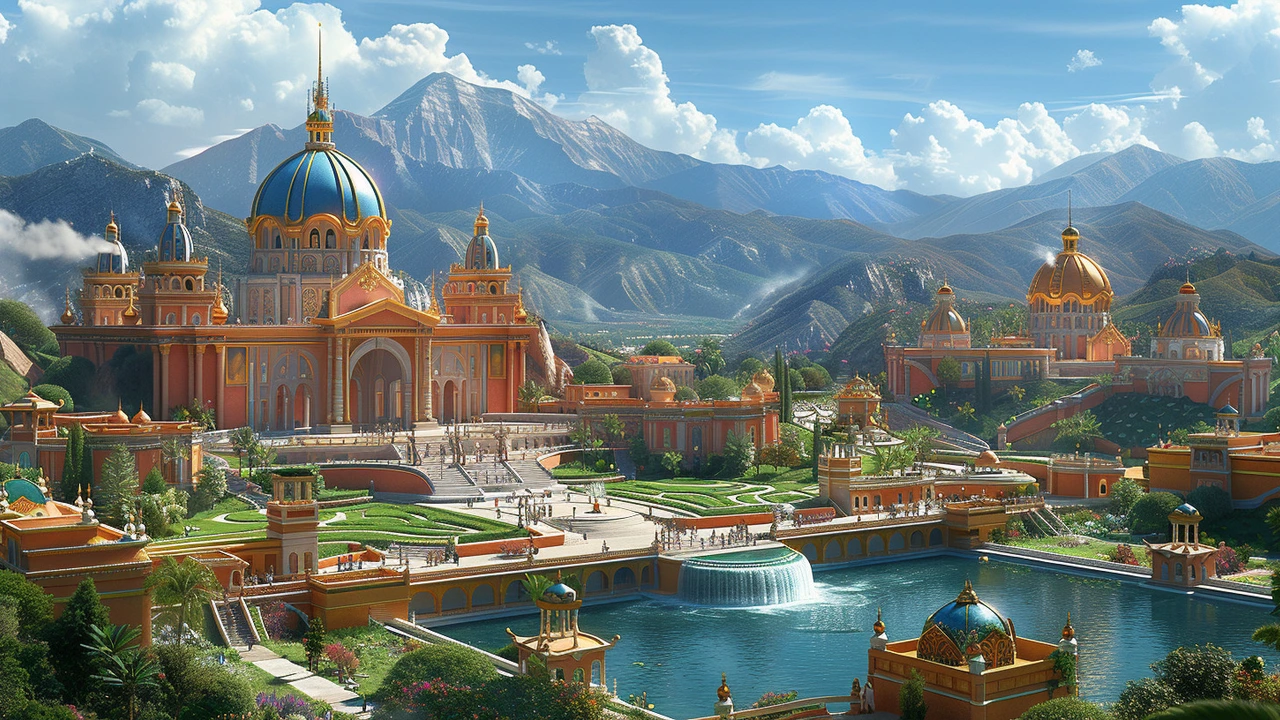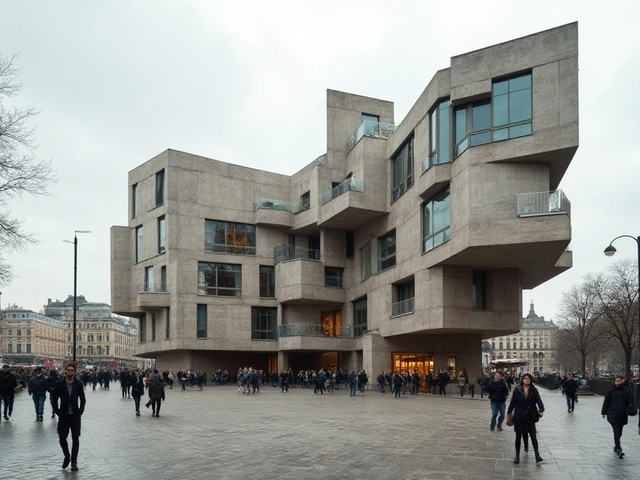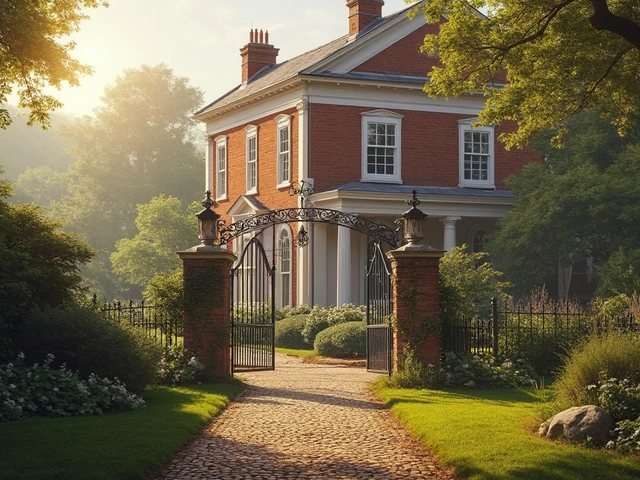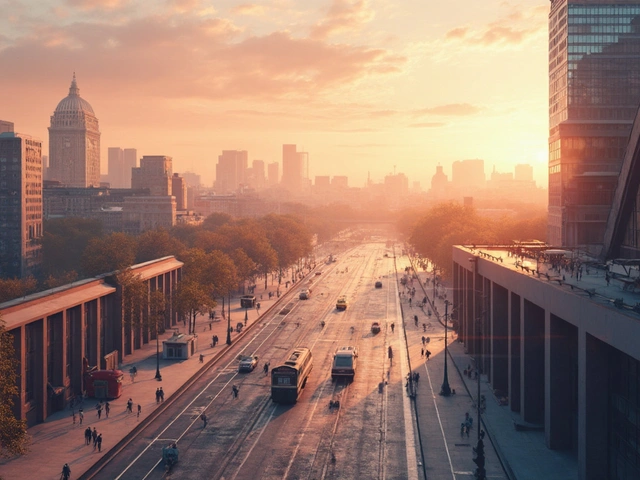The Renaissance, Reimagined
Where would we be if the architectural epoch known as the Renaissance had never graced our world? What kind of cities, villages, and dwellings would we inhabit? It’s a question that tickles the fancy but also underscores the importance of this period, aptly coined as 'the Renaissance Revival' and the influence it had in shaping our world.
In mind-numbingly simple terms, the Renaissance Revival was a period during the 19th and early 20th century that celebrated and sought inspiration from the beauty, symmetry, and perfection of architecture from the Renaissance era. This saw a renewed interest in classical elements, making it a Golden Age of sorts in architectural history. Hollywood does sequels, architects gave us this breathtaking revival - not too shabby, I’d say!
Having traipsed around Europe and visited countless Italian cities (as one does when one has a ceaseless wanderlust), I've been fortunate enough to witness the grandeur firsthand. Every arch, every dome, they tell a story from a bygone era, almost as if whispering ancient secrets in your ear if you listen closely enough.
All in the Details: the Grits and Grooves of Renaissance Architecture
The Renaissance Revival period presented itself in three distinct modes. The first equates to 'direct mimicry,' where architects used the exact designs and plans from buildings of the earlier era. The second mode leaned towards incorporating Renaissance aesthetics into contemporary designs. The final mode and perhaps the most interesting, was a blend of the first two. All three modes relied heavily on Renaissance concepts of symmetry, the importance of the number 3, and the use of classical orders - the Doric, Ionic, and Corinthian.
Just imagine the painstaking attention to detail and the effort it would have taken our predecessors to reproduce these designs. The use of modern-day technology and computer-aided designs ain't got nothing on the skills of Renaissance architects, I tell you!
Florence: Cradle of the Renaissance
When discussing the Renaissance, a single city stands tall above the rest - Florence. This Italian city was the birthplace and epicenter of the Renaissance movement, housing many iconic structures such as the Florence Cathedral, the Uffizi Gallery, and Palazzo Vecchio.
On my trip there, I was awed by the grandeur and opulence. Despite the constant swarm of tourists, it was as though each structure was playing a symphony, beckoning me to explore and understand each rhythm, each note. Interestingly, Florence is also the birthplace of gelato. It is a city that seduced my senses - with its architecture and frozen desserts!
Revival Across the Pond: America
It wasn't only Europe that saw the influence of the Renaissance Revival. The style made its way across the Atlantic, and soon, American cities were adorned with opulent public buildings and mansions showcasing Renaissance characteristics. The iconic Washington Square Arch in New York is a stunning example. Also, the Boston Public Library, designed by architects McKim, Mead & White, is a splendid marriage of Italian Renaissance architecture and American design aesthetics.
You don't need to book a flight to Europe to experience the magnificence of Renaissance inspiration. A simple stroll down Fifth Avenue or Boston's Boylston Street is just as enriching. It's a journey in time, right here in our backyard.
The Legacy of the Renaissance Revival
The Renaissance Revival period left an indelible mark on global architecture. It shaped our cities, our homes, and the way we understand spatial design. More than that, it showed us that history can be celebrated, reconstructed, and truly lived in, long after its time.
Don't let anyone tell you architecture is just about buildings. It's way more than that. It's about culture, identity, and even time travel - of sorts. And if nothing else, it gives bloggers like me a reason to prattle on about arches and domes, the Doric, Ionic, and Corinthian, and of course, gelato! Because, what's a trip to Florence without a generous scoop of gelato, eh?
So the next time you look at a building, remember, you're seeing more than just bricks and mortar. You're seeing echoes of the past, whispers of an era long gone, flashes of inspiration from minds that walked the earth centuries before you. You're seeing - the Renaissance Revival. Or, as I like to say - now that's what I call a worthwhile sequel!





